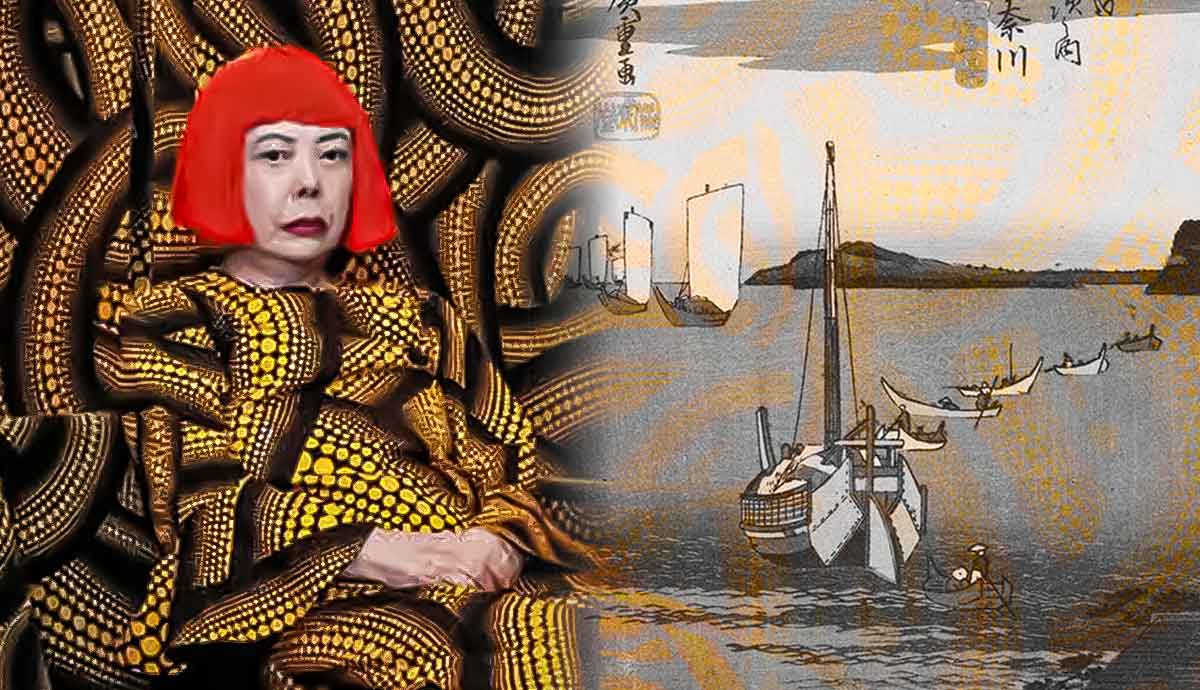
The Italian Renaissance was a remarkable moment in the development of art, when many of the most revered creations of all time were made. Spanning several centuries, spreading throughout the arts and sciences, and eventually making its way across much of Europe, the Italian Renaissance can be incredibly tricky to neatly summarize. With that said, there are certain stylistic and conceptual tendencies that became recurring themes within much of the art made during the Italian Renaissance.
A ‘Rebirth’ or Revival of Classical Art

One of the catalysts that paved the way for the Italian Renaissance was the revival of ancient classical learning from Greece and Rome, that had once become lost following the fall of the Roman Empire. The ‘rebirth’ or reawakening of Greco-Roman traditions began within literature, but eventually made their way into art practice. Many artists of the early Renaissance emulated the classical ideals of the human body in their art, paying closer attention to realism and, in painting, the rendition of three-dimensional form, than was seen in the art of the Middle Ages preceding the Renaissance. By the 15th century, Lorenzo Ghiberti’s Gates of Paradise and Donatello’s David, demonstrated how classical influences had infiltrated art practice, shaping the increasingly realistic rendering of the human body, as well as posture, drapery, and theatricality.
Awareness of Human Anatomy

Remarkably, many artists were pioneers in understanding human anatomy, all in the quest to depict with greater levels of realism a highly realistic, sculptural rendering of the human form. Prior to the early 1500s, it is possible some artists even knew more about anatomy than was being taught in universities. In Giorgio Vasari’s Lives of the Artists, he claims Florentine sculptor Antonio Pollaiuolo made his own studies from dissected human bodies, in order to understand muscular forms. In later years both Michelangelo and Leonardo da Vinci were widely known to have performed anatomical dissections, and their art reflects just how in-depth their knowledge had become. This emphasis on realism allowed artists to portray both real sitters and Biblical subjects with a believably real, human quality.
Naturalism

Along with a lifelike, classically-influenced depiction of people, Renaissance artists also leaned into portraying the true beauty of the natural world. This was prompted by increasing curiosity about the world, and how humans interact with it. For example, in many of Leonardo da Vinci‘s paintings we see how he closely observed and understood botany and geology, capturing light falling across plants, rocks, and water with startling levels of accuracy, which become dreamy, mystical backdrops for his enigmatic portraits.
Increased Individualism

Shifting political and financial circumstances during the Renaissance period led to a greater emphasis on the importance of the individual in society. Rising, powerful middle-classes in the Italian city states meant greater financial freedom, leading to self-expression and individual success. Wealthy merchant and banking families such as the Medicis offered generous packages to the most talented up and coming artists, and this freedom gave artists room to flourish and excel, often in more than one discipline.
Many of the most successful artists rose up and made their individual voices known throughout Italy and beyond. This emphasis on the role of the individual in society was reflected in the subject matter of many Renaissance artworks, which portrayed real, human people in lifelike settings.
Perspective

The development of linear perspective during the Italian Renaissance had a profound impact on artists’ ability to portray space, light, and depth onto flat walls. Artists used single, and later multiple perspectival points with careful, meticulously ordered precision to create the illusion of vast interior or exterior space on fresco walls and ceilings. They discovered that linear perspective opened up endlessly inventive new means of telling stories with all the theatricality of a stage set.
Balance and Symmetry

Balance and symmetry were some of the hallmark features of classical Greek and Roman art adopted by artists and designers during the Italian Renaissance. Many artists, particularly during the later Italian Renaissance, adopted rational, geometric patterns and layouts to create visual sensations of harmony, simplicity and order through symmetrical designs featuring repetitive shapes and patterns, echoing the vaulted arches and ordered columns of Renaissance architecture.










